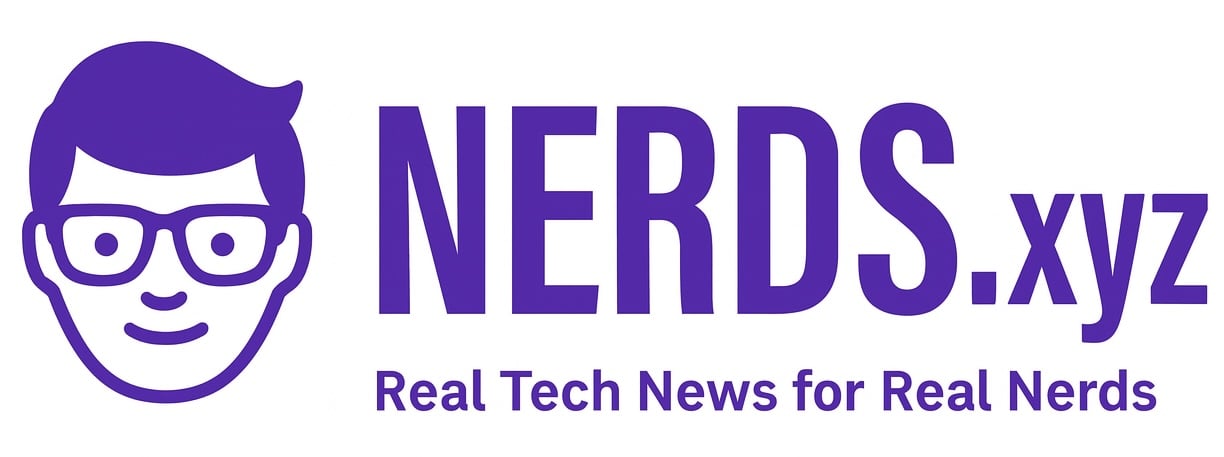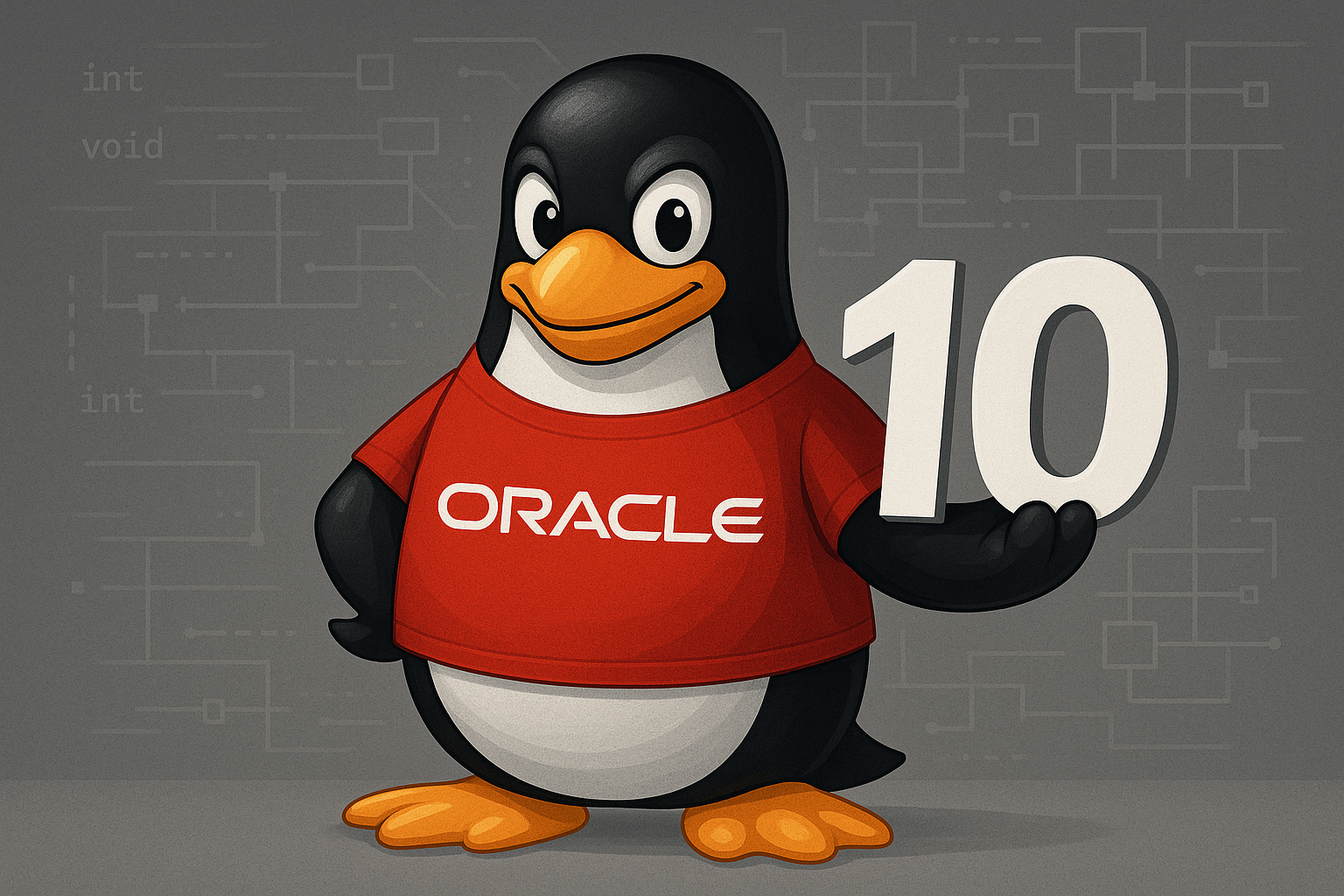
Oracle Linux 10 is now available to download, and it brings some pretty big changes. Designed for both Intel and AMD systems (x86_64) as well as 64-bit Arm (aarch64), this new release is all about giving businesses the performance and security they need to run serious workloads. And yes, it’s still free to use.
The most important thing to know is that Oracle Linux 10 includes the latest version of the company’s custom kernel. It’s called the Unbreakable Enterprise Kernel 8.1. This is built on the most recent upstream long-term Linux kernel, with improvements to memory, file systems, and networking. Oracle says this is what helps keep the OS running smoothly on everything from Oracle Cloud Infrastructure to Exadata to local data centers.

Ledger supports Linux, is open-source where it counts, and is battle-tested. If you’re holding crypto, you should own a hardware wallet.
For those who prefer to stick with Red Hat-style setups, Oracle Linux 10 also supports an updated Red Hat Compatible Kernel. Oracle claims full binary compatibility with Red Hat Enterprise Linux 10. That means you should be able to run the same apps without any weird surprises.
Live patching is a big deal in this version. With Oracle Ksplice, you can apply critical patches to both the kernel and user space without rebooting. That includes updates to things like OpenSSL and glibc. This is only available if you have Premier Support, but it can help avoid downtime and keep systems safer without interrupting work.
Security sees a major boost. The SSH daemon has been redesigned to separate connection handling from session management. That might sound boring, but it reduces the risk of certain types of attacks. There’s also keystroke obfuscation to stop side-channel snooping, better FIDO hardware key support, and automatic shutdown of inactive SSH sessions.
Oracle Linux 10 also brings a tech preview of post-quantum cryptography. This includes the ML-KEM algorithm, one of the candidates in the NIST standards process. It’s not ready for production use, but it shows Oracle is looking ahead to possible quantum threats.
Developers get some new toys too. The GCC compiler has been updated with performance improvements and better diagnostics. There’s a switch from Redis to Valkey, a drop-in replacement that aims to be faster and more scalable. Most users won’t notice the change since it’s compatible with existing Redis setups.
Python is faster now thanks to compiler tuning and inlined comprehensions. Node.js, Perl, and MySQL have also been updated. There’s a fresh Grafana UI and more tools for .NET developers, including new APIs and broader platform support.
Upgrading is fairly painless if you are already running Oracle Linux 9. Oracle provides a tool called Leapp that walks you through the process. You can also do a clean install with the new ISO images.
Oracle says everything is available to download today. That includes full ISO images, individual RPMs, and container images on Docker Hub and GitHub. You don’t need to pay to access any of it.
If you’re already in the Oracle ecosystem, this upgrade is probably a no-brainer. But even if you’re not, Oracle Linux 10 is still worth checking out as a fast, secure, and totally free alternative to Red Hat.


